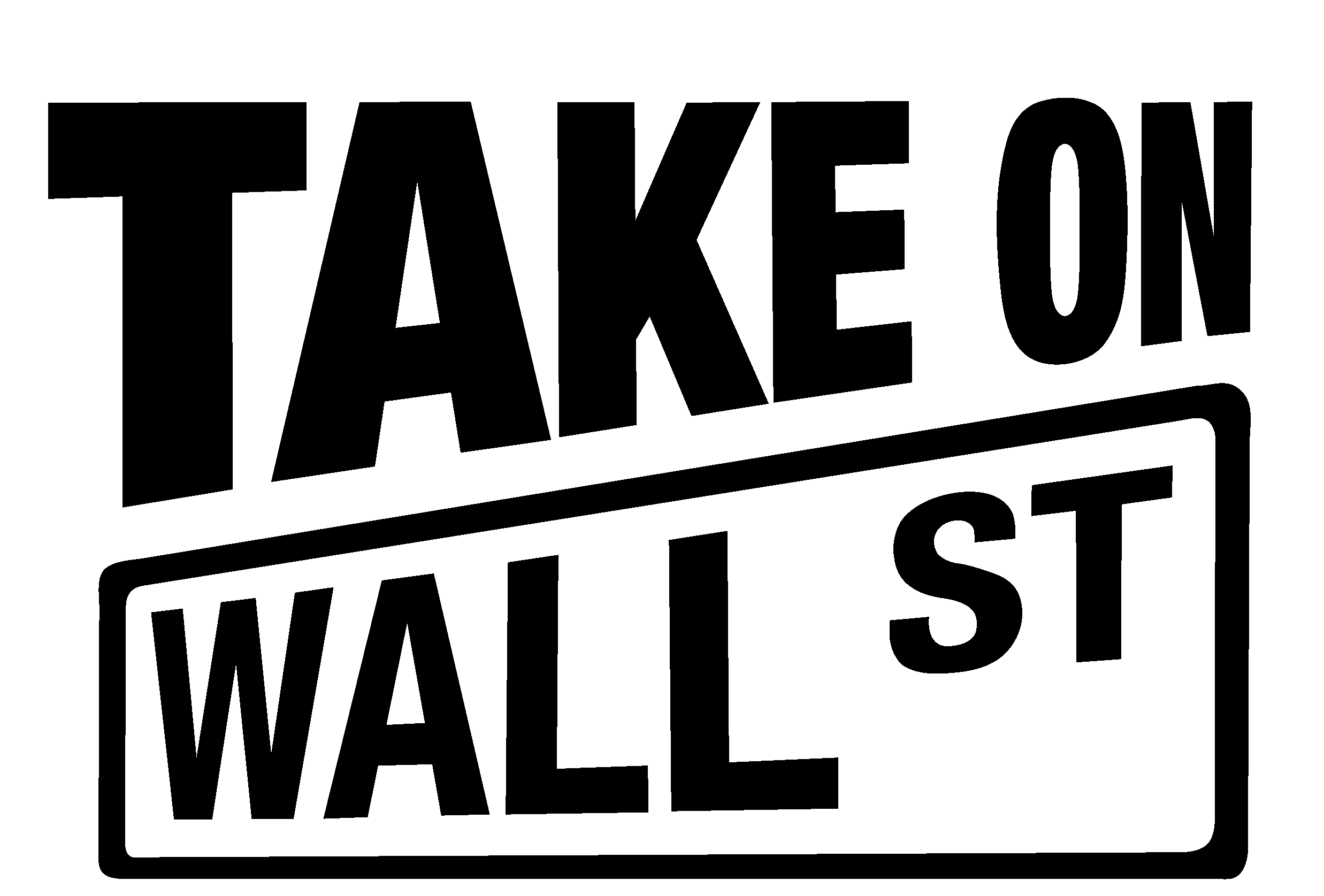This spring, we watched the murder of George Floyd in horror, adding another name to the seemingly endless list of Black men and women whose lives were taken in state-sponsored white supremacist violence.In the months that have followed, we have searched for answers, trying to make sense of the state violence imparted on Black communities.
That search leads us back to August 20th, 1619 when the first enslaved Africans were brought by English sailors to Hampton, Virginia. Over 200 years of slavery in the English colonies entrapped millions of the Africans who managed to survived the Middle Passage, making their free labor the backbone of the American economy.
From its start, our country has been structured to redistribute wealth upward: primarily out of the pockets of people who are Black, Indigenous, and of color – especially if they’re also women – and into the hands of rich white men.
This is evident from the cotton fields of the deep south that were worked by enslaved Africans, but also in that little corner of lower Manhattan known as Wall Street. Not only was Wall Street physically built by enslaved people (to keep Indigenous people from reclaiming their land), but Wall Street’s wealth would not exist without 40¢ of every cotton dollar going to New York businessmen to finance, ship, and insure it. The “market value” of enslaved Africans when the Civil War began was greater than that of banks, factories, and railroads combined. The free labor of enslaved people created 48% of the South’s total wealth in 1860.
This system has always depended on racial violence to enforce and enhance that redistribution. That violence has come in many forms (enslavement of Black people, lynchings, race riots, police violence, etc) but has always gone hand in hand with our financial system. It’s evident in the destruction of Black Wall Street. It’s evident in the issuing of police brutality bonds (debts municipalities take on to pay for police misconduct settlements), which lead to money that should be going to public services going instead to pay these debts to big banks, all because of police violence. All of this enforces the continued extraction of wealth from Black communities. The big banks can claim to be for racial justice as they did in the wake of George Floyd’s murder, but it’s what they do that matters.
Today is not only a moment to reflect on the labor, sweat, blood, and tears our country was built on, but also on how the same brand of white supremacy manifests today, though it’s better hidden. For example, the auto industry commonly targets Black, Indigenous, and other people of color for worse auto deals than white car buyers. An investigation conducted by the National Fair Housing Alliance (NFHA) found that auto dealers would typically quote a higher price to non-white testers than to white testers, despite the non-white testers being equally qualified.
If we truly wish to combat structures that destroy Black lives and Black wealth, we must change the narrative by truly understanding the history and foundations of this country and moving to action. It is our responsibility, because we know there is no such thing as race neutral economic justice.
We can’t build a brighter future on lies. Here at Take on Wall Street, we are training activists so that we can come to terms with our history. That knowledge helps us advocate to lawmakers to pass better policies that support the real economy of working people, white, Black, and brown.
If you’d like to learn more, here are some resources we’ve put out this year:
- We Stand with the Families of George Floyd, Breonna Taylor, and Ahmaud Arbery
- The Big 6 Banks Respond to George Floyd’s Murder, and it’s not Pretty.
- Remembering Tulsa’s Black Wall Street on Juneteenth
- Twitter thread of Black thinkers on Juneteenth
- Private Equity Profiteering from Incarceration, Tools of Police Brutality
- A History Lesson on the Importance of History Lessons

Leave a Reply